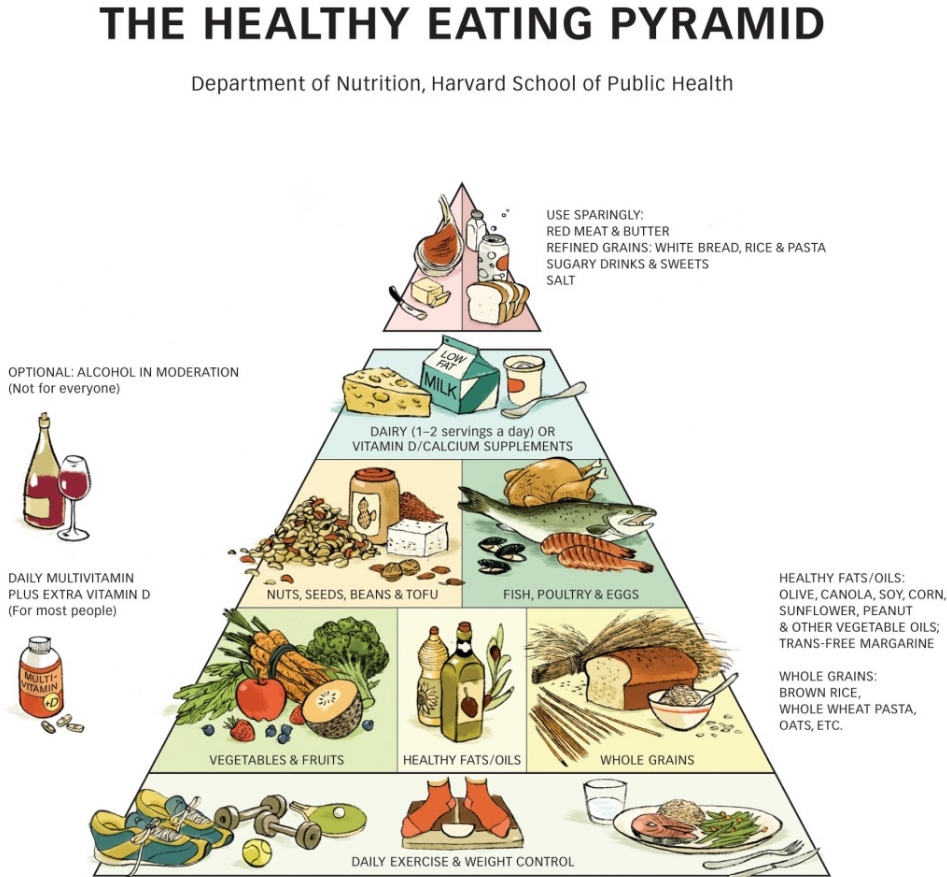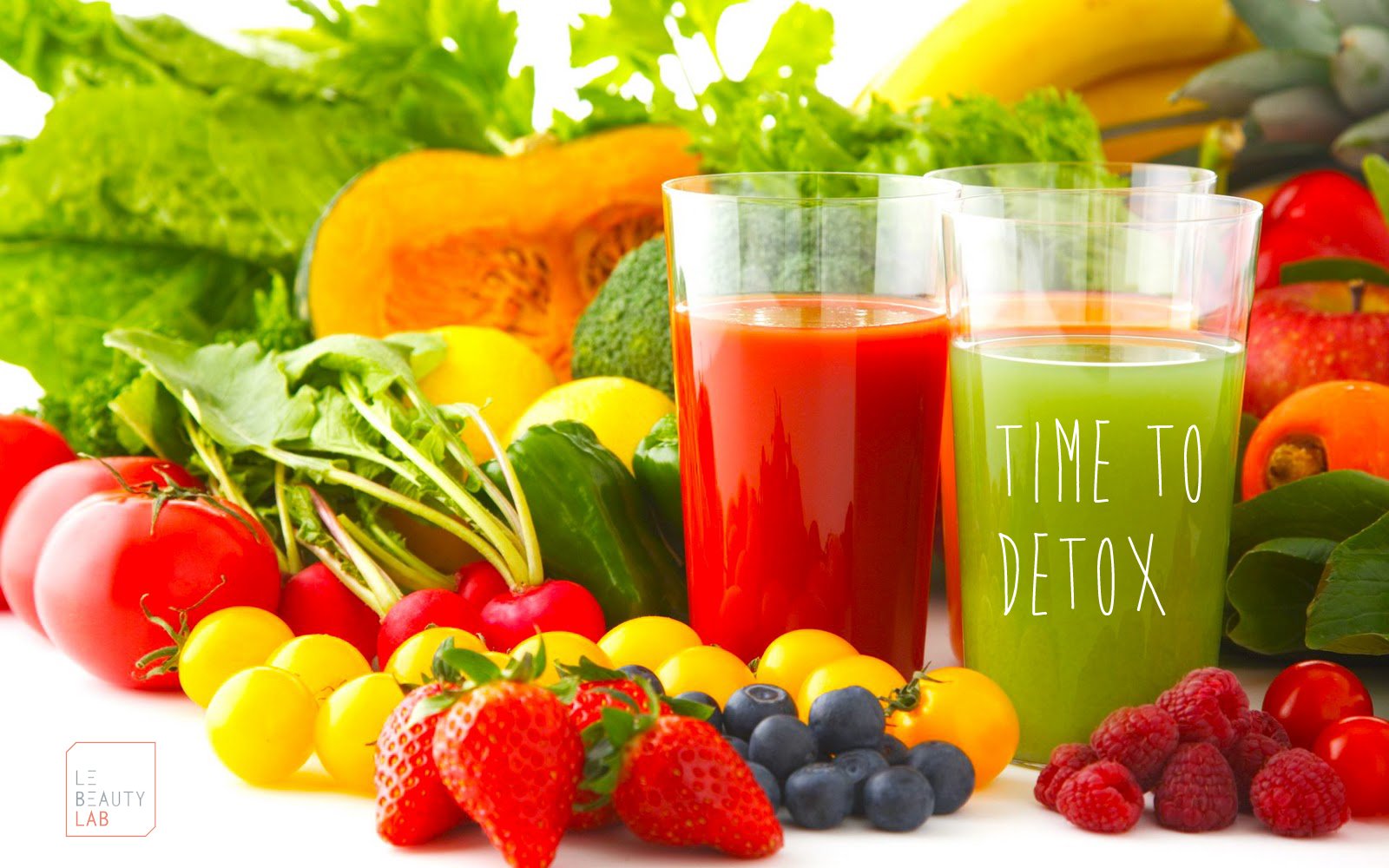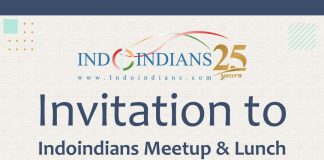Certain nutrients in the diet can affect blood pressure. For many years, there has been controversy over whether sodium affects high blood pressure.
Past research showed that sodium affected blood pressure in people who were salt-sensitive but had little effect on those who were not. However, new research shows that those who have lower sodium in their diets have lower blood pressure overall, whether or not they have hypertension.
Also important is what is missing from your diet. Calcium, potassium, and magnesium may help lower blood pressure. A diet high in processed or refined foods, such as canned and instant soups, packaged mixes, and snack items, is low in these important nutrients. These foods usually are high in salt as well. By eating fewer processed foods, more fruits and vegetables (which contain potassium), and more low-fat dairy foods (which contain calcium and magnesium), you can increase your intake of these helpful nutrients and decrease your salt intake at the same time.
Eating a diet low in both saturated fat and total fat will help lower your blood pressure. To reduce your blood pressure, you should follow the recommendations below so that no more than 10% of your calories are from saturated fat and less than 30% of your total calories are from fats in general.
Rebuilding the Food Pyramid
The dietary guide introduced a decade ago has led people astray. Some fats are healthy for the heart, and many carbohydrates clearly are not. A major study by Walter C. Willett and Meir J. Stampfer in the 2004 led to a new food pyramid as below:
 The Dietary Approaches to Stop Hypertension (DASH) diet
The Dietary Approaches to Stop Hypertension (DASH) diet
To significantly lower blood pressure, the DASH diet includes eating fruits, vegetables, and low-fat dairy foods with reduced saturated and total fat. Follow these daily recommendations for food servings:
Milk and milk products 3 servings
Milk and milk products | 3 servings |
Fruits | 4 to 5 servings |
Vegetables | 4 to 5 servings |
Grains | 7 to 8 servings |
Meat, poultry, fish | 2 or fewer servings |
Legumes, nuts, seeds | 4 to 5 servings per week |
You also may consider trying a vegetarian diet. In general, vegetarian diets reduce blood pressure, although the specific nutrients responsible for this effect have not been identified. The DASH diet could easily be a vegetarian diet if legumes were substituted for meat. Vegetarian diets tend to be higher in potassium, magnesium, and calcium, as does the DASH diet. Vegetarian diets also are higher in fiber and unsaturated fats than other diets.
To incorporate the DASH diet into your everyday life, consider the following:
- Think about changing only your fruit and vegetable intake to start with. Keep track of your intake and try to increase it slowly. Remember to check what counts as a serving in the food pyramid.
- Think about including fruits and/or vegetables in every meal.
- Take fruit to work or school as a snack.
- Try milk as a beverage. A glass of skim milk has only 80 calories and no fat and is packed with blood pressure-lowering nutrients.
- Have a “skinny” latte” (caffe latte made with skim milk) as a way to add milk to your diet. If you don’t drink coffee, try skinny almond milk.
- Make a baked potato bar. Serve baked potatoes with a variety of toppings, including chili, broccoli, ratatouille, salsa, refried beans, and shredded low-fat cheese. Be creative. You could end up with 4 or 5 servings of vegetables at one meal.
- Use a variety of cut-up vegetables with a low-fat dip as an appetizer, instead of high-fat chips and dips. Try some new vegetables.
- Make a stir-fry containing lots of different vegetables.
- Try some vegetarian meals featuring legumes (cooked dried beans and peas). Add garbanzo beans to a salad; use fat-free refried beans; have some split pea or black bean soup.
- Buy a vegetarian cookbook and try one recipe per month or per week.





